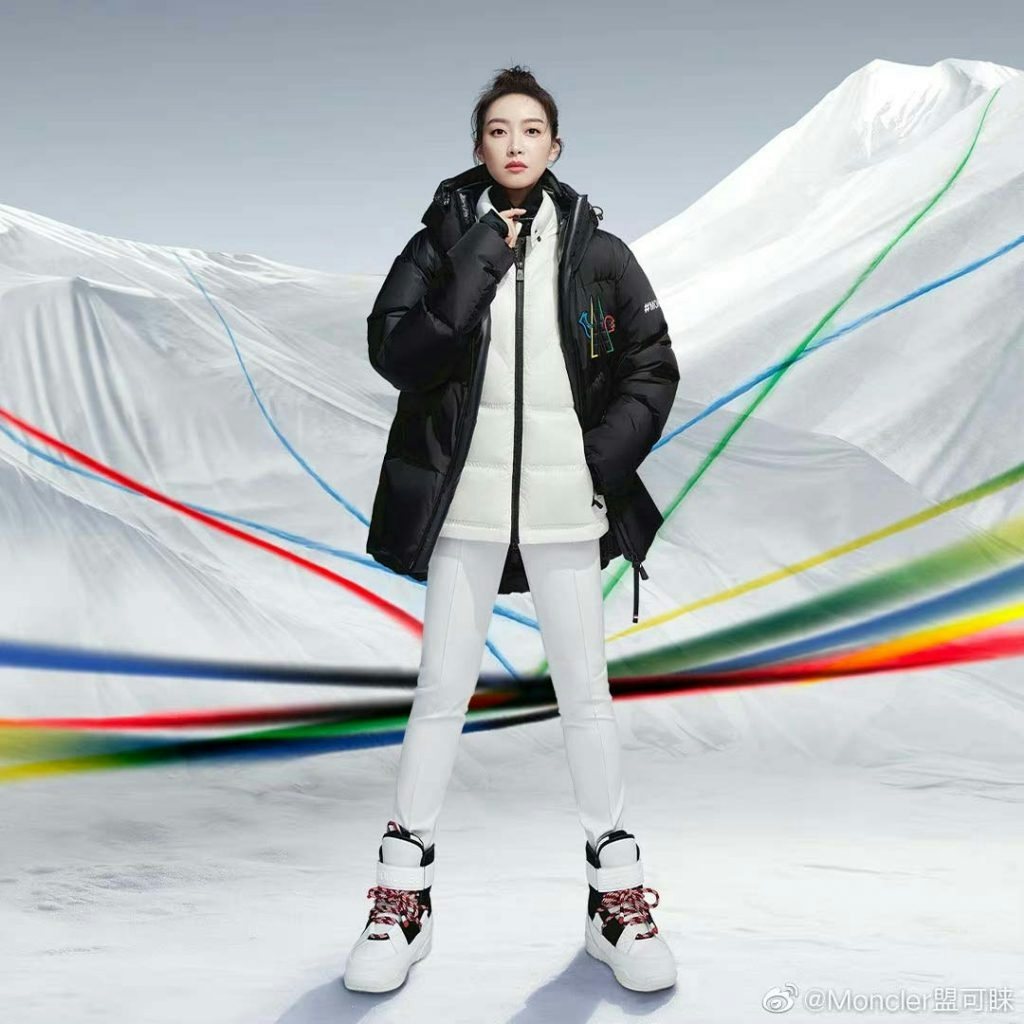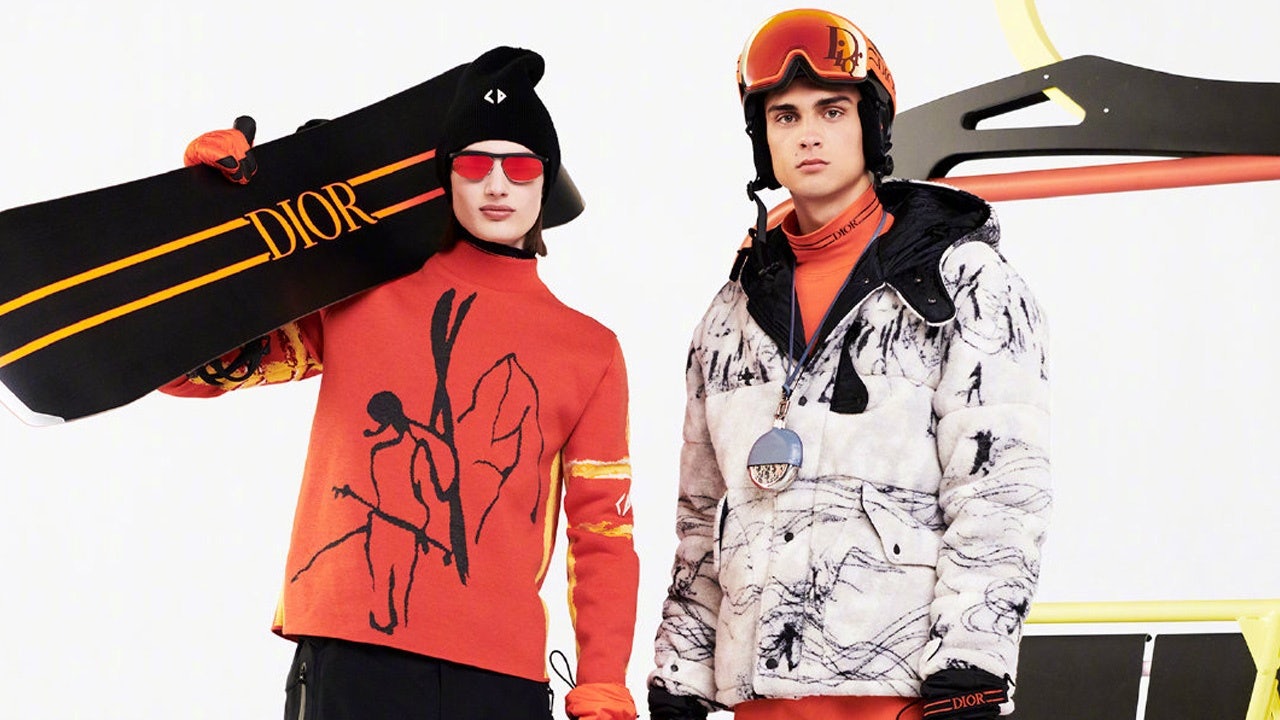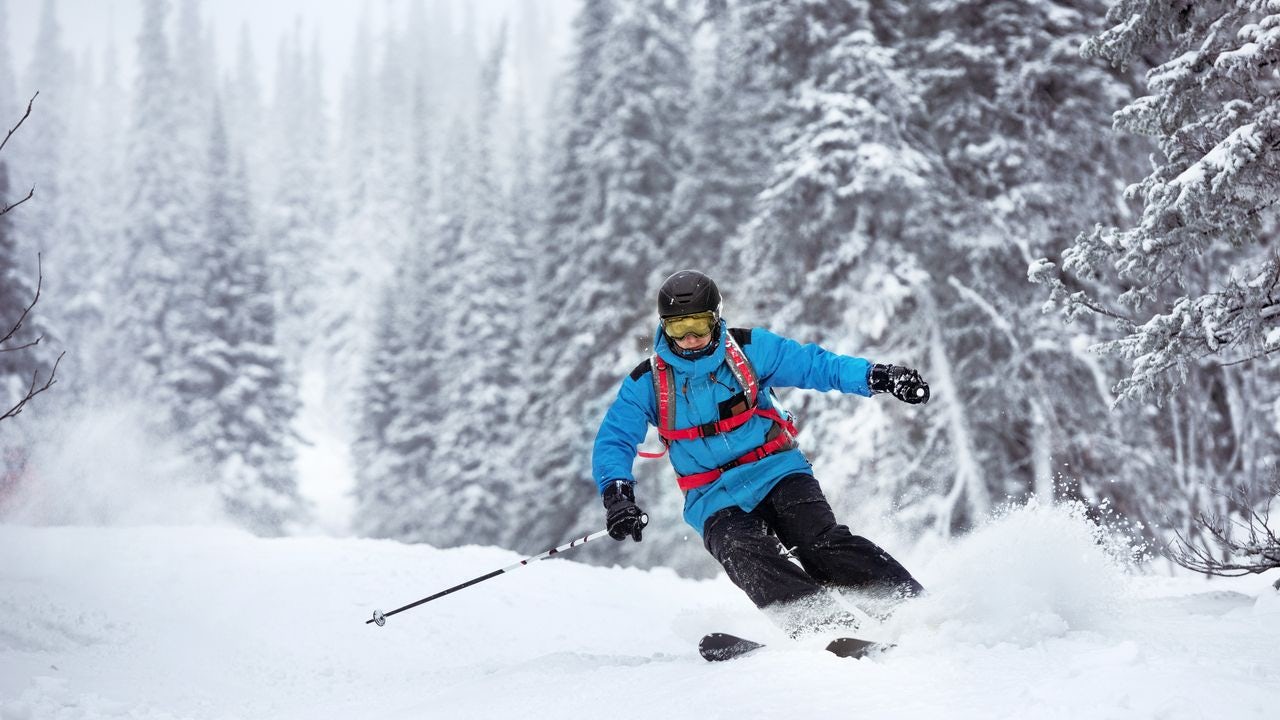Winter sports fashion is having a moment in China. With the 2022 Beijing Olympics kicking off in February, the Chinese market is getting ready to witness a new round of winter fashion trends. It is common to see familiar luxury labels on world-famous athletes during the Games. But this year, brands will focus specifically on China’s luxury customers (if they weren't doing so already).
Most luxury experts agree that the potential of China's winter sports market is worthy of attention. The size of this industry is expected to hit 94 billion (600 billion yuan) in 2020 and 157 billion (1 trillion yuan) in 2025, when it will account for 20 percent of the global sports industry’s gross output, per China Daily.
The country has set a 300-million increase in citizens taking up winter sports as a target by 2025, a number that would expand the industry's total value to 155 billion. Meanwhile, the country has developed a major national-level plan to support winter sports industries that features The Ice and Snow Sports Development Program (2016-2025), which aids the construction of winter sports infrastructure, snow equipment manufacturing, tourism, and winter sports education.
According to a white paper on the China ski industry, released in 2020, the number of ski resorts and total skier visits grew by 35 and 67 percent, respectively, between 2015 to 2019. The number of ice-skating rinks is also expected to increase — from 188 in 2016 to 650 by 2022.
This boom will naturally create more opportunities for sports participants to buy sportswear, sporting equipment, accessories, shoes, and other related items. “The market is still in its primary stage," said Deming Wu, a senior consultant who has worked in the sports fashion industry for decades. "As the Winter Olympics is around the corner, Chinese customers’ passion for these sporting events is being ignited. They have started to look for more stylish gear — in other words, a cooler lifestyle. That is the major drive behind [this year's] winter fashion market.”
In other words, more Chinese customers with strong purchasing power want high-end sportswear. And since these sporting events are more popular with the middle and upper classes (who own a minimum 10,000-30,000-yuan monthly income), those customers are shaping a new type of consumption that emphasizes quality of life and health-oriented lifestyles through their favorite luxury brands.
Since winter sports are more popular with China’s middle and upper classes, those customers have demanded new quality-of-life and health-oriented luxury trends.
Therefore, outdoor winter sports and fashion have grown together in China. This winter, Dior launched a men's Ski Capsule collection that includes jackets, pants, blankets, goggles, gloves, hats, helmets, and boots. Meanwhile, Moncler's Grenoble ski collection has gained incredible popularity among Chinese customers. At SKP Beijing (one of China's top luxury department stores), Prada created a winter sports-themed boutique called Prada On Ice, which successfully created a buzz around its geometric winter sports collection.

Social media is also crucial for a brand's continued market development in China. Yet the competition between brands is fierce. For example, on Xiaohongshu, a Chinese lifestyle social media portal, girls are featured in bras and ski pants in front of Chinese ski resorts. As sponsored content, logos get positioned on the girls' snowboards. These logos either come from professional sports brands or luxury brands. It is a style of content marketing that directly affects sales.
“This opportunity is golden if brands can ride the wave of Chinese winter sports expansion,” said one expert from Tsinghua University sports industry institute. “Luxury brands can easily tap into the sports industry and the machinations behind it, such as hospitality, resort consumption, and exclusive training classes." But with the Winter Games beginning on February 4, there is no time for brands to waste.

